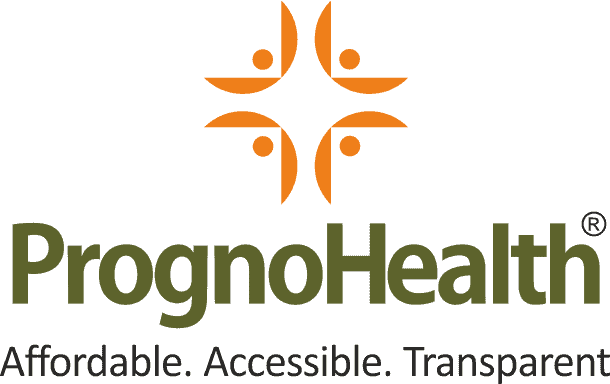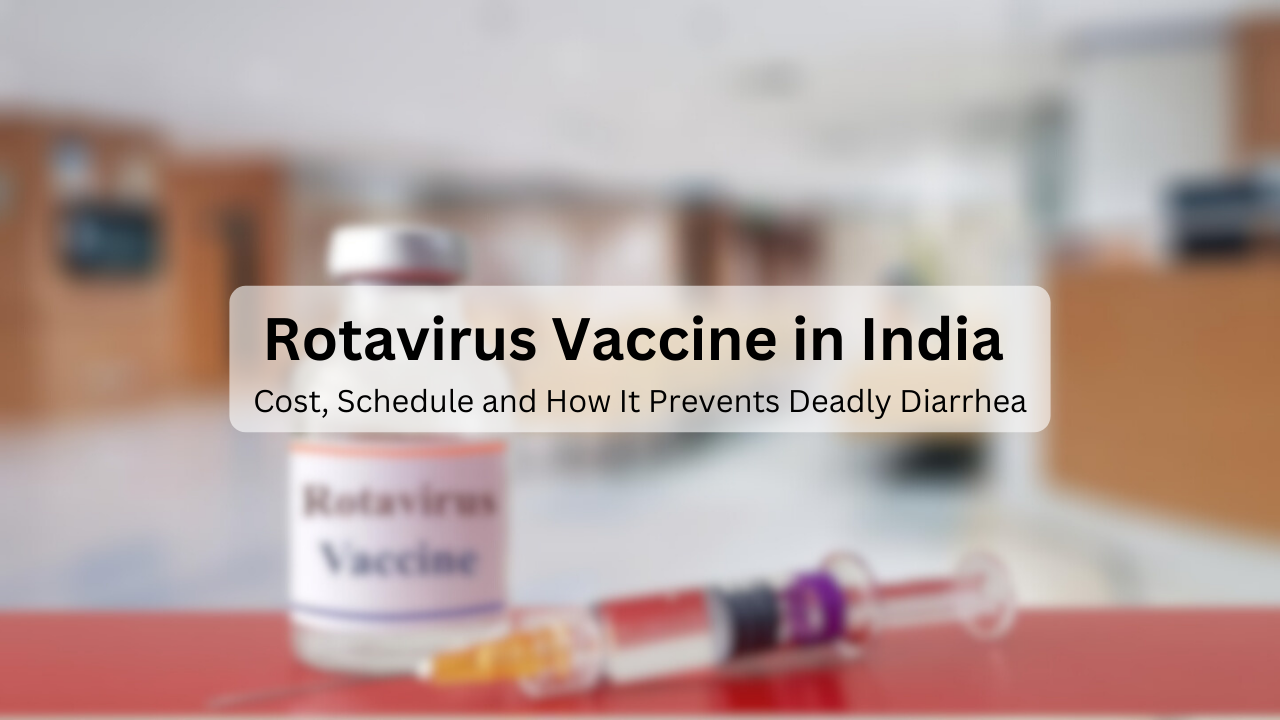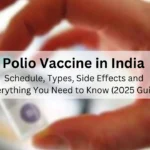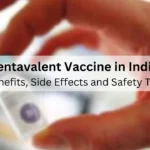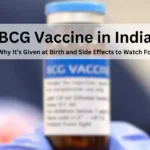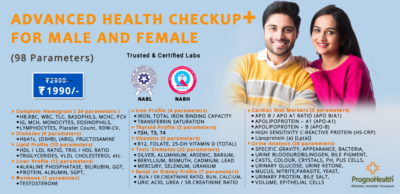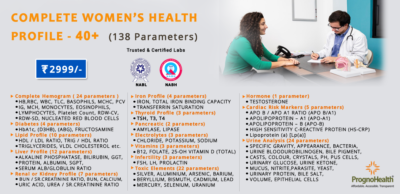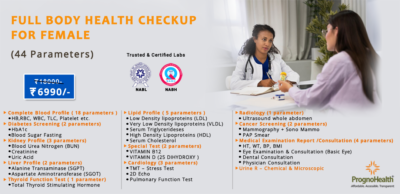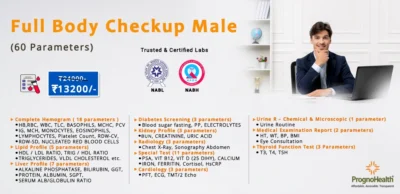PrognoHealth – Corporate Health & Wellness Specialist
Contact Us
+91 9510650660
Email Us
corpsales@prognohealth.com
Contact Us
+91 9510650660
Email Us
corpsales@prognohealth.com
Rotavirus Vaccine in India: Cost, Schedule and How It Prevents Deadly Diarrhea
Introduction
Rotavirus is the leading cause of severe, dehydrating diarrhea among infants and young children globally, claiming over 200,000 lives annually. In India, it accounts for nearly 40% of diarrhea-related hospitalizations in children under five, contributing significantly to the country’s under-five mortality rate. The introduction of the Rotavirus vaccine in India’s Universal Immunization Programme (UIP) has been a game-changer, saving countless lives. This blog explores the vaccine’s cost, schedule, mechanism, and its role in preventing deadly diarrheal disease, while addressing common concerns of Indian parents.
1. What is Rotavirus?
1.1 The Virus and Its Transmission
Rotavirus is a highly contagious virus spread via the fecal-oral route. It thrives in environments with poor sanitation and affects nearly every child by age five. Contaminated surfaces, food, and water are common vectors.
1.2 Symptoms and Complications
-
Severe watery diarrhea
-
Vomiting and fever
-
Dehydration, leading to hospitalization
In low-resource settings like rural India, delayed treatment can result in fatal dehydration, electrolyte imbalance, or secondary infections.
1.3 Why India is Vulnerable
India’s high population density, inadequate sanitation infrastructure, and limited healthcare access in rural areas amplify rotavirus risks. Pre-vaccine era data estimated 78,000 annual rotavirus deaths in India.
2. The Rotavirus Vaccine: Types and Development
2.1 Available Vaccines in India
-
Rotarix (GSK): Two-dose series.
-
Rotavac (Bharat Biotech): Indigenously developed, three-dose series.
-
Rotasiil (Serum Institute): Three-dose lyophilized formulation.
2.2 Indigenous Innovation: Rotavac
Developed under a public-private partnership, Rotavac was rolled out in 2018 under UIP. Priced affordably, it exemplifies India’s self-reliance in healthcare.
3. Rotavirus Vaccination Schedule in India
3.1 Recommended Doses
-
Rotarix: First dose at 6 weeks, second at 10 weeks.
-
Rotavac/Rotasiil: Three doses at 6, 10, and 14 weeks.
3.2 Critical Age Window
All doses must be administered before 8 months. Delays increase infection risk.
3.3 Catch-Up Vaccination
Not recommended for older children due to natural immunity development.
4. Cost of Rotavirus Vaccine in India
4.1 Government Hospitals (Free)
Under UIP, Rotavac is free at all government centers.
4.2 Private Sector Costs
-
Rotarix: ₹1,500–2,000 per dose
-
Rotavac: ₹800–1,200 per dose
-
Rotasiil: ₹1,000–1,500 per dose
4.3 Factors Influencing Cost
Brand choice, clinic location, and packaging (single vs. multi-dose vials).
5. How the Rotavirus Vaccine Prevents Deadly Diarrhea
5.1 Immune Response Activation
The oral vaccine triggers antibody production in the gut, preventing viral replication.
5.2 Reduction in Severity
Even if infected, vaccinated children experience milder symptoms, avoiding hospitalization.
5.3 Herd Immunity
High vaccination rates reduce community transmission, protecting unvaccinated infants.
5.4 Real-World Impact in India
-
Andhra Pradesh saw a 50% drop in diarrhea hospitalizations post-vaccine introduction.
-
WHO estimates the vaccine prevents 28,000–55,000 deaths annually in India.
6. Safety and Side Effects
6.1 Common Reactions
Mild fever, irritability, or temporary diarrhea.
6.2 Addressing Intussusception Concerns
Rare intestinal obstruction (1 in 100,000 cases) is vastly outweighed by benefits. ICMR studies confirm Rotavac’s safety profile.
7. Access and Challenges in India
7.1 Government Initiatives
-
Mission Indradhanush: Targets unvaccinated children in rural/tribal areas.
-
Cold Chain Management: Ensures vaccine potency during transport.
7.2 Barriers to Uptake
-
Lack of awareness in low-literacy regions.
-
Myths about vaccine-induced diarrhea.
7.3 Role of ASHA Workers
Frontline workers educate families and monitor adverse events.
Frequently Asked Questions (FAQs)
Q1. Can the vaccine be given with other immunizations?
Yes, it’s safely administered alongside DPT, polio, and hepatitis B vaccines.
Q2. What if my child misses a dose?
Consult a pediatrician immediately; delays may require restarting the series.
Q3. Is the vaccine effective against all rotavirus strains?
Yes, it covers common strains (G1-G4, G9) prevalent in India.
Q4. Can a vaccinated child still get rotavirus?
Symptoms, if any, are far milder and rarely life-threatening.
Conclusion
The Rotavirus vaccine is a lifesaving tool in India’s fight against child mortality. With free access under UIP and proven effectiveness, parents must prioritize this vaccine. Combined with improved sanitation and nutrition, it paves the way for a healthier generation. Consult your pediatrician today to protect your child from rotavirus
Related Blogs
Blog Categories
Top rated products
-
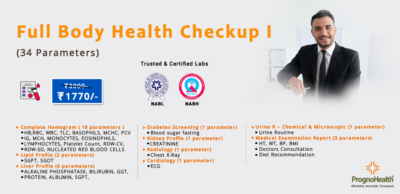 Full Body Health Checkup I
Rated 5.00 out of 5
Full Body Health Checkup I
Rated 5.00 out of 5₹3,000.00Original price was: ₹3,000.00.₹1,770.00Current price is: ₹1,770.00. -
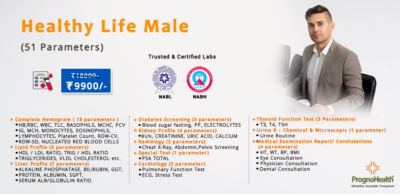 Healthy Life Male
Healthy Life Male
₹18,000.00Original price was: ₹18,000.00.₹9,900.00Current price is: ₹9,900.00. -
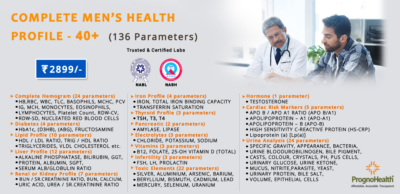 Complete Men’s Health Profile – 40+ – 136 Parameters
₹2,899.00
Complete Men’s Health Profile – 40+ – 136 Parameters
₹2,899.00
-
 OFFICE STAFF PACK II
OFFICE STAFF PACK II
₹2,400.00Original price was: ₹2,400.00.₹1,320.00Current price is: ₹1,320.00. -
 Full Body Health Checkup III
₹11,000.00
Full Body Health Checkup III
₹11,000.00
About Us
Progno Health is a Corporate Health & Wellness Specialist providing services to Pan India. We offer Pre-employment Health Checkup Packages, Annual Health Checkup Packages, Executive Health Checkup Packages, Occupational Health Checkup Packages, and other Health & Wellness Services.
